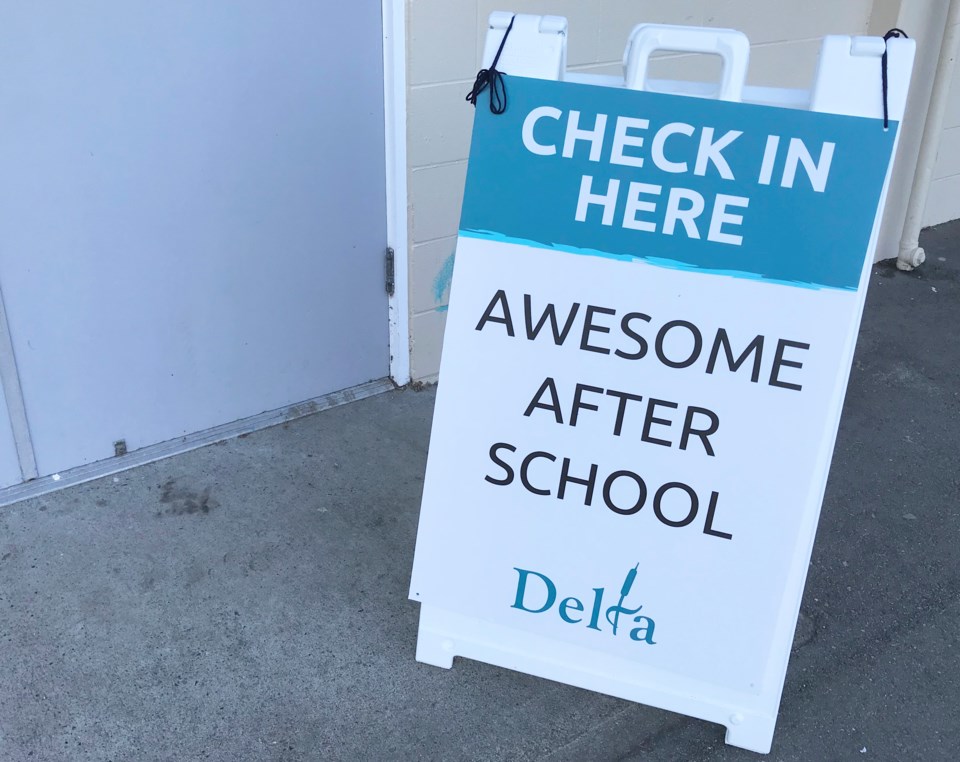Additional childcare spaces are coming to Delta.
The province on Thursday announced it’s investing in 48 new licensed child care spaces in Delta and Richmond.
Twenty-one of the new spaces will be coming to Delta at Boundary Bay Montessori House, run by the MIND Montessori in Delta Society.
The newly renovated space will create eight spaces for infants and toddlers and 13 spaces for children aged three years to kindergarten, a facility expected to be completed by August 2022.
The government notes that since the launch of Childcare BC in July 2018, the province has funded almost 26,000 new licensed spaces, more than 6,000 of which are now open. That includes 313 spaces in Delta.
Meanwhile, the City of Delta is looking at locations to have even more childcare spaces including more licensed pre-school programs.
Council in 2020 gave the go-ahead for a new childcare strategy for Delta.
Staff earlier this year outlined short-medium and long-term targets, as well as potential locations for review by the Parks, Recreation and Culture Commission.
According to the Delta Child Care Action Plan, the largest need for child care programs is for three-to-five year olds, followed by six-to-12 year olds.
By 2030, Delta will require 1,051 more spaces to meet the Canadian average of childcare spaces per 100 children.
The short-term target from 2020-to-2022 will see the city add 183 more required spaces, while the mid-term from 2023-to-2025 will add about 305 required childcare spaces, and the long-term target from 2026-to-2030 would see another 563 more spaces.
A report on Delta housing last year noted that there is an increasing number of residents ages 19 and younger as well as those ages 30-to-49 years moving to the city.
“This may reflect the influx of young families moving into the community, a trend that could help offset the impact of an aging population. The trend may also flag for municipal staff and local service providers the need for services such as daycare facilities and recreational sports and leisure programs in the community,” the report states.



